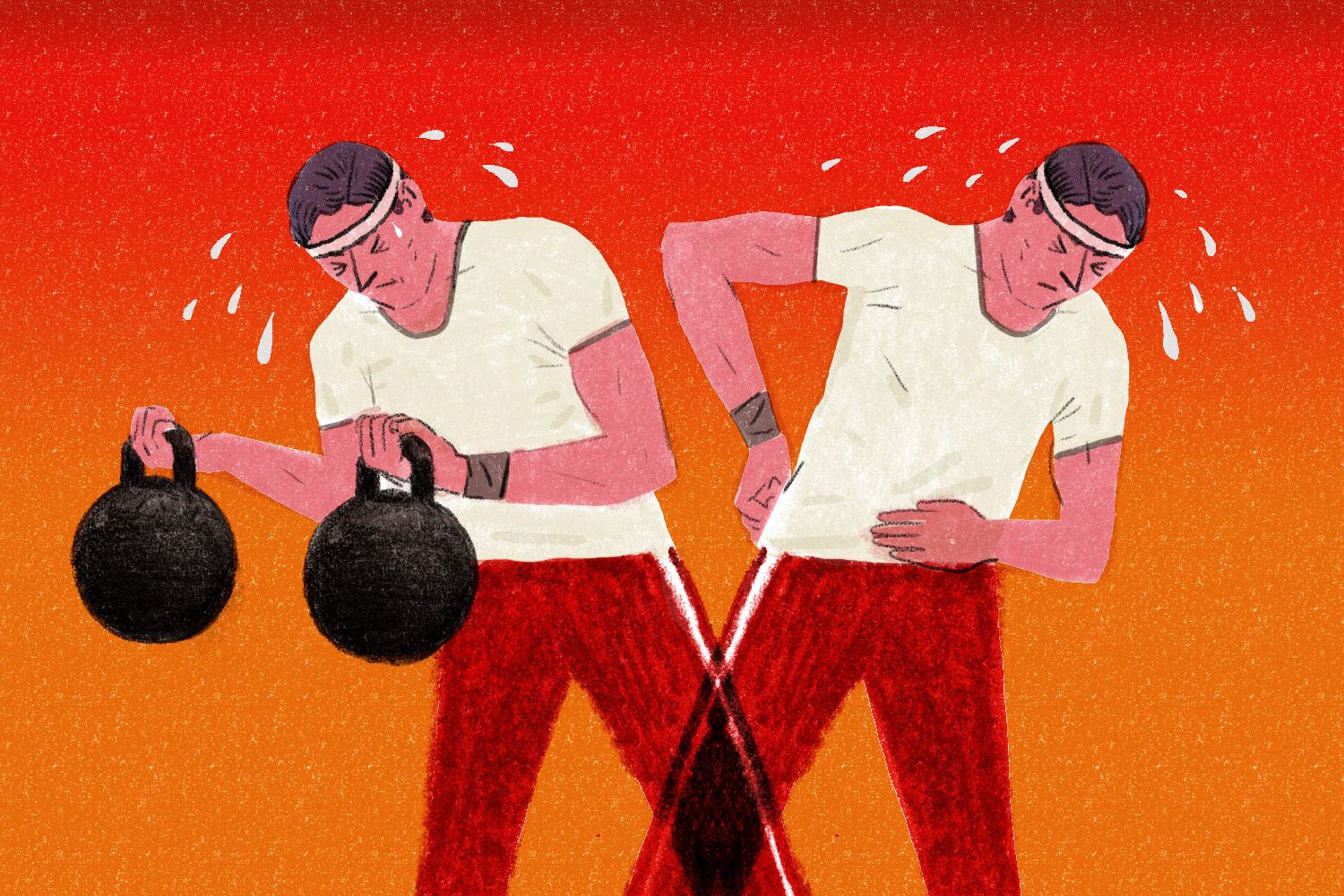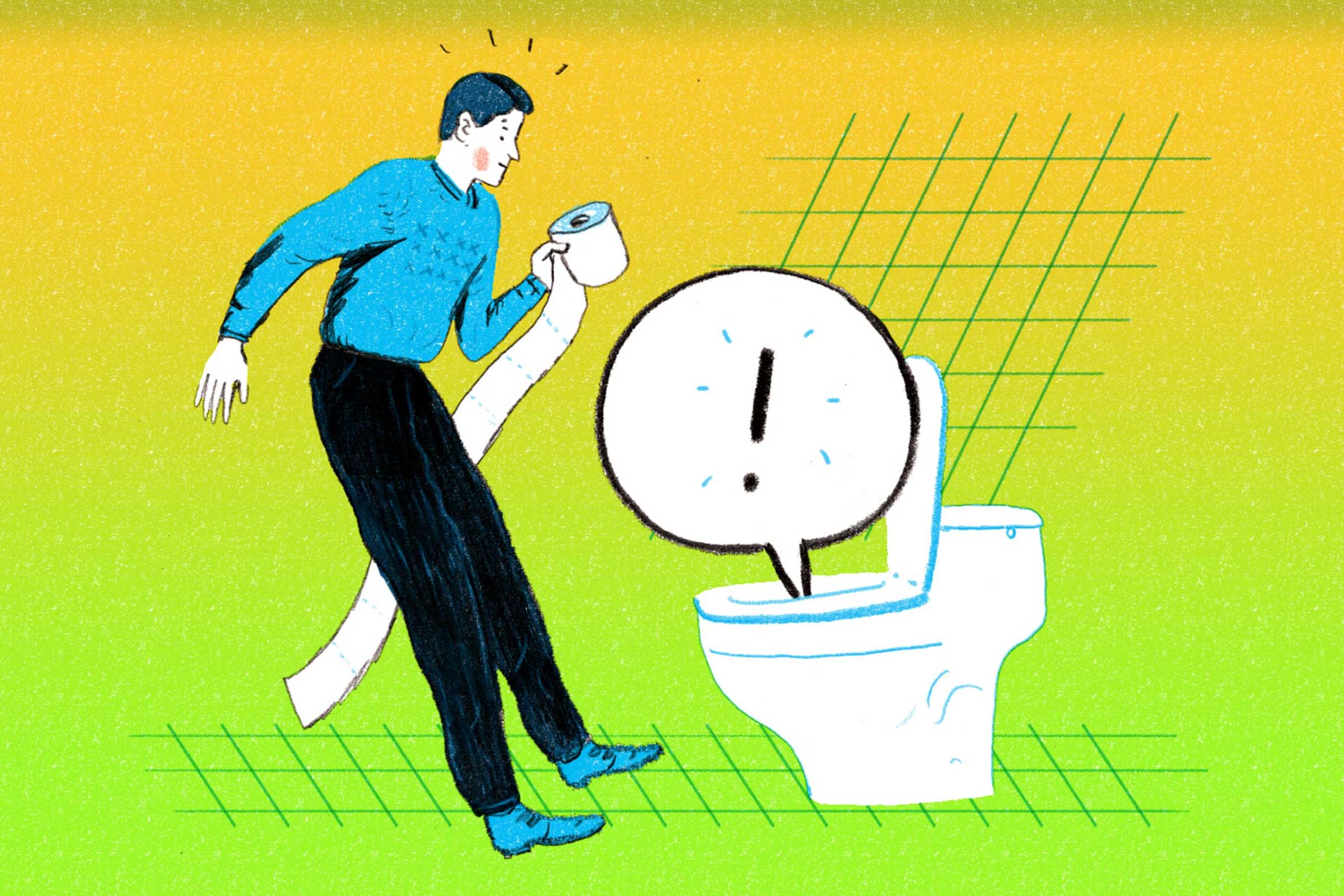
The name alone is a challenge—a dare. You’d have to be insane to attempt this workout. Of course, that’s a big part of the appeal. If the exercise is “extreme” or “crazy,” you assume the body benefits will be dramatic. And they may be—just not in the ways you’d expect from checking out the workout’s promotional materials, which emphasize weight loss.
While it’s continually changing, the latest iteration of “INSANITY” is a 60-day program composed of 30-minute bouts of very high-intensity aerobic and resistance exercise, to be completed six days a week. While research has linked physical fitness gains to Insanity-style interval workouts, the evidence that these programs lead to weight loss is anything but rock solid.
“We’ve shown that when it comes to cardiovascular fitness and function, greater intensity leads to greater adaptations,” says Todd Astorino, PhD, associate professor in the department of kinesiology at California State University, San Marcos.
Astorino has studied the health and fitness effects of very rigorous bouts of interval training, often referred to as high-intensity interval training (HIIT). He says there’s little doubt your athletic condition—the ability of your heart and lungs to handle physical activity—would improve if you completed something along the lines of an Insanity workout. He also says your blood sugar levels would likely drop, a change that could help protect you from metabolic diseases like type-2 diabetes. Throw in the body-resistance component of Insanity workouts, and you’ll certainly grow stronger too.
What about weight loss? “The research is very mixed, especially in the long term,” Astorino says. “I think it would help you avoid weight gain. But that’s not the same as losing weight.”
Hundreds of studies have looked into the effect of regular exercise on body weight. While physical activity is unquestionably good for your health, exercise alone doesn’t have a huge impact on the number you see on your bathroom scale, concludes one recent study appearing in the journal Obesity Reviews.
MORE You Asked: Why Are People Addicted To CrossFit?
Another study, this one from Stephen Boutcher, PhD, associate professor at Australia’s University of New South Wales, specifically examined the effect of Insanity-style HIIT training on body fat. Boutcher’s research found “significant” fat reduction—or a little more than 4 pounds of lost body fat after three months of training. That’s significant in science terms, but probably not what you’re expecting when starting a workout program that highlights happy customers who have lost 40, 50, or even 90 pounds.
You Asked: Your Top 10 Health Questions Answered










Boutcher says there’s some evidence HIIT training may help suppress appetite in ways traditional aerobic exercise doesn’t. But to shed lots of weight—the kind of “total-body” transformation you see in product testimonials—you also have to eat a healthy diet, the research suggests. (Read the fine print on the INSANITY website, and you’ll find analogous disclaimers stating a “proper diet” is necessary to achieve and maintain weight loss.)
But for some people, even regular exercise and an improved diet won’t dramatically change the way their bodies look. “Many people are just naturally bigger,” Astorino says. “For them, trying to look physically lean would probably require some very dramatic diet restrictions.”
Of course, none of this touches on the psychological perks of challenging yourself with a butt-whipping exercise regimen. Talk to someone who has run a marathon or finished an Insanity program, and you can hear the sense of accomplishment and pride they feel when they talk about their achievement.
“If you can get through something like this, you’ll have confidence and a good understanding of what your body can tolerate,” Astorino says. Those benefits, along with improved endurance and metabolic health, are nothing to scoff at. But if you’re expecting to transform your body and drop several sizes with INSANITY, the results might not be as crazy as you’d hoped.
Read next: A Workout You Can Do Anywhere
More Must-Reads From TIME
- The 100 Most Influential People of 2024
- How Far Trump Would Go
- Scenes From Pro-Palestinian Encampments Across U.S. Universities
- Saving Seconds Is Better Than Hours
- Why Your Breakfast Should Start with a Vegetable
- 6 Compliments That Land Every Time
- Welcome to the Golden Age of Ryan Gosling
- Want Weekly Recs on What to Watch, Read, and More? Sign Up for Worth Your Time
Contact us at letters@time.com